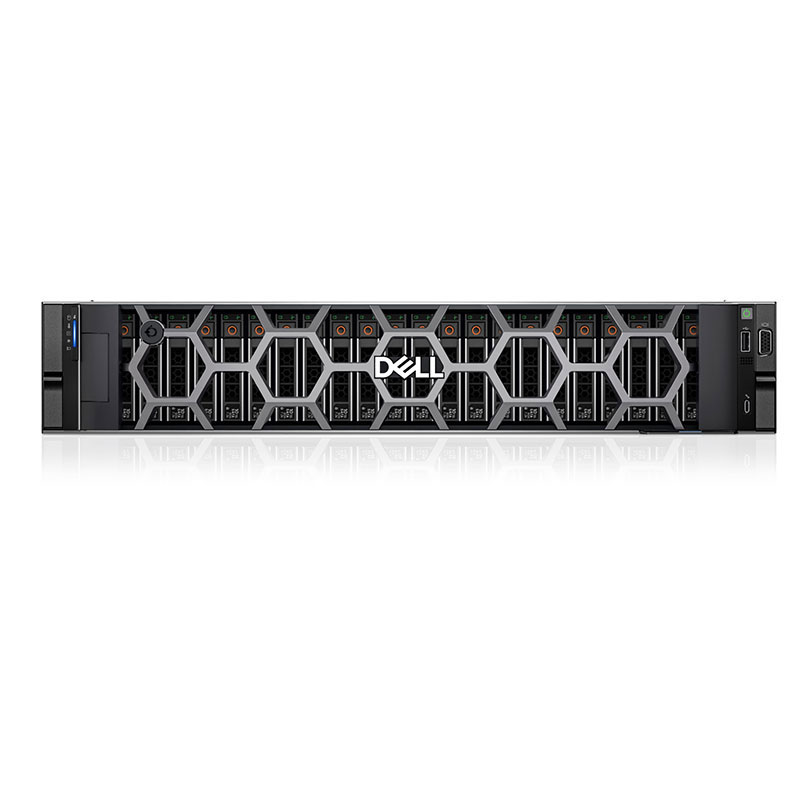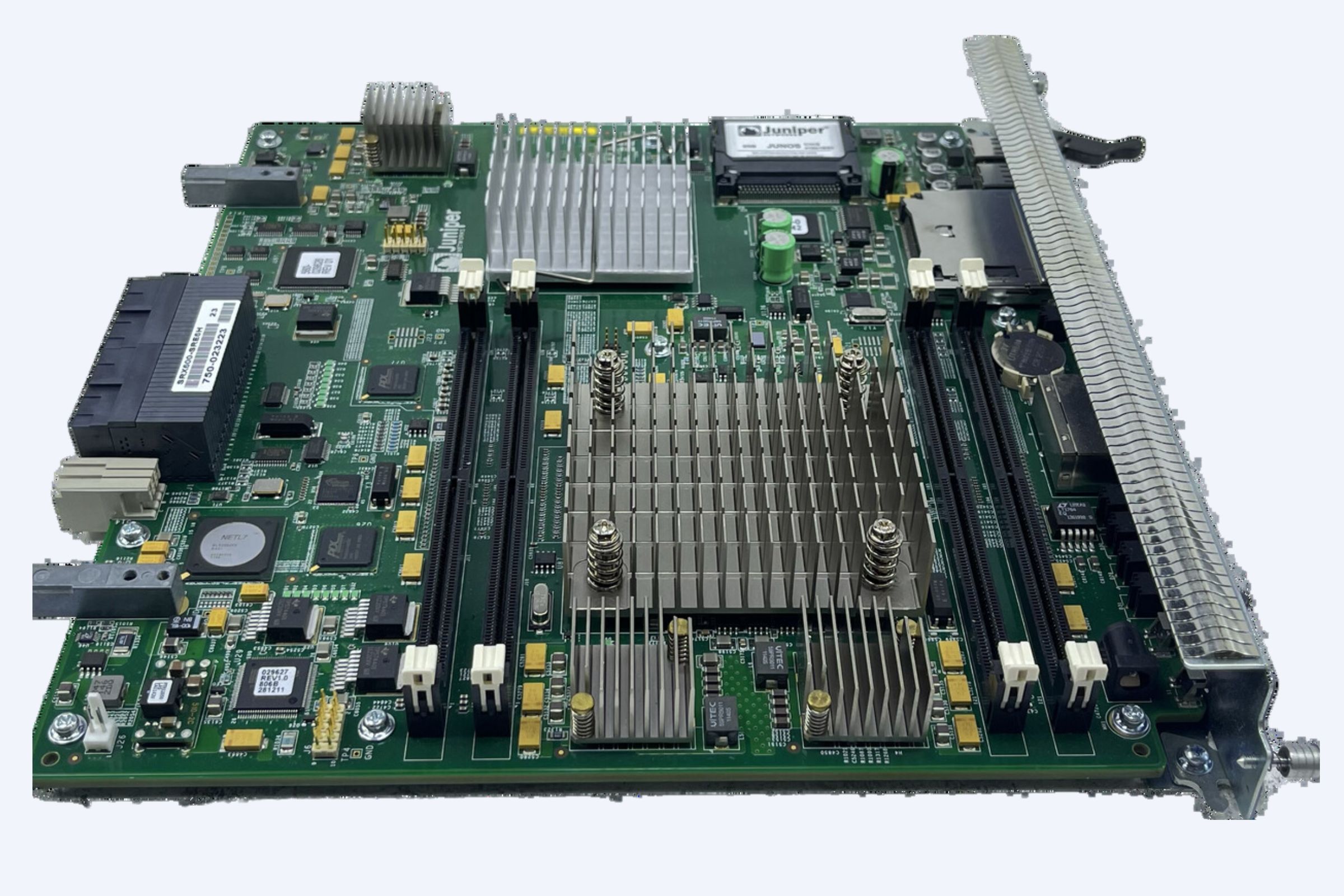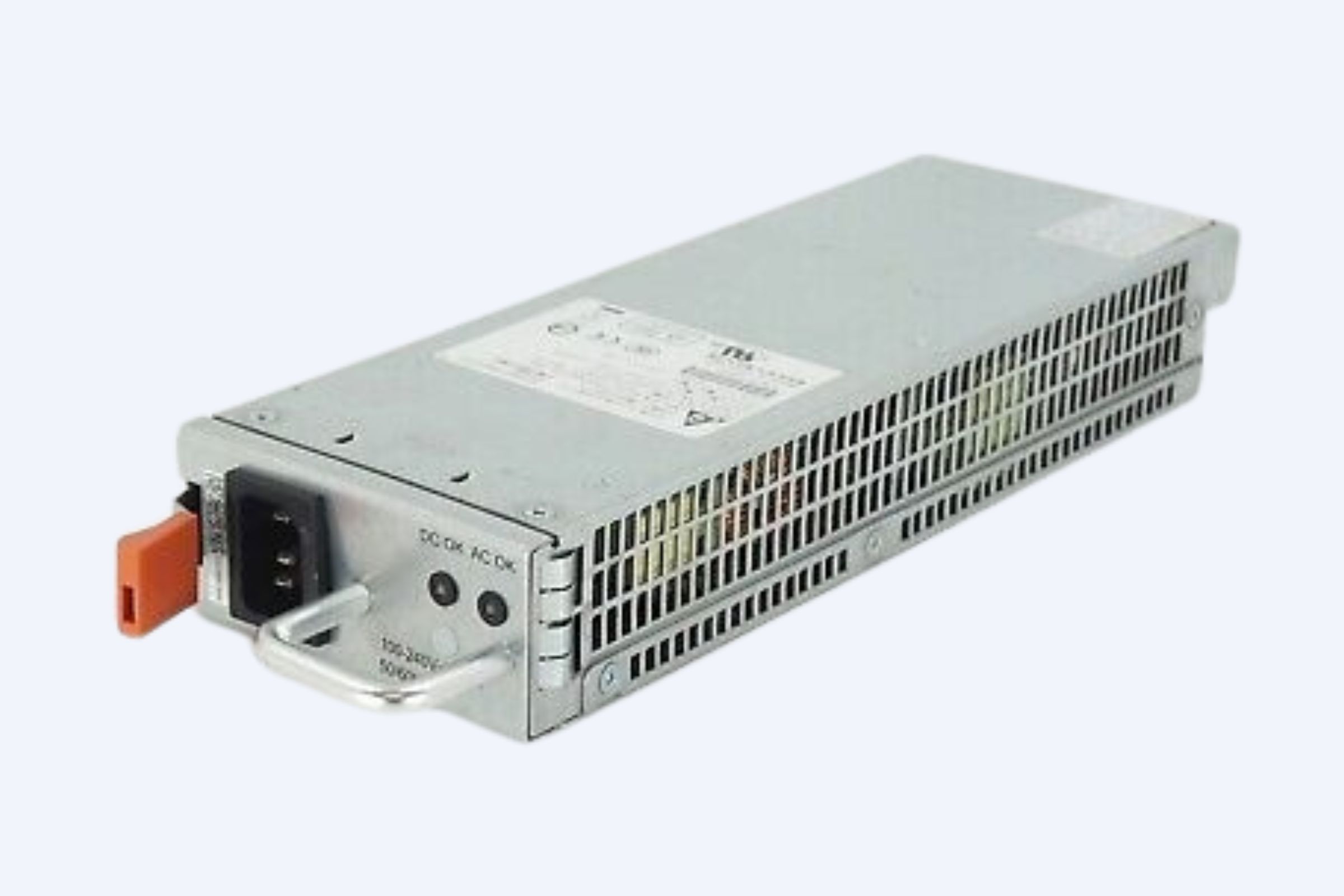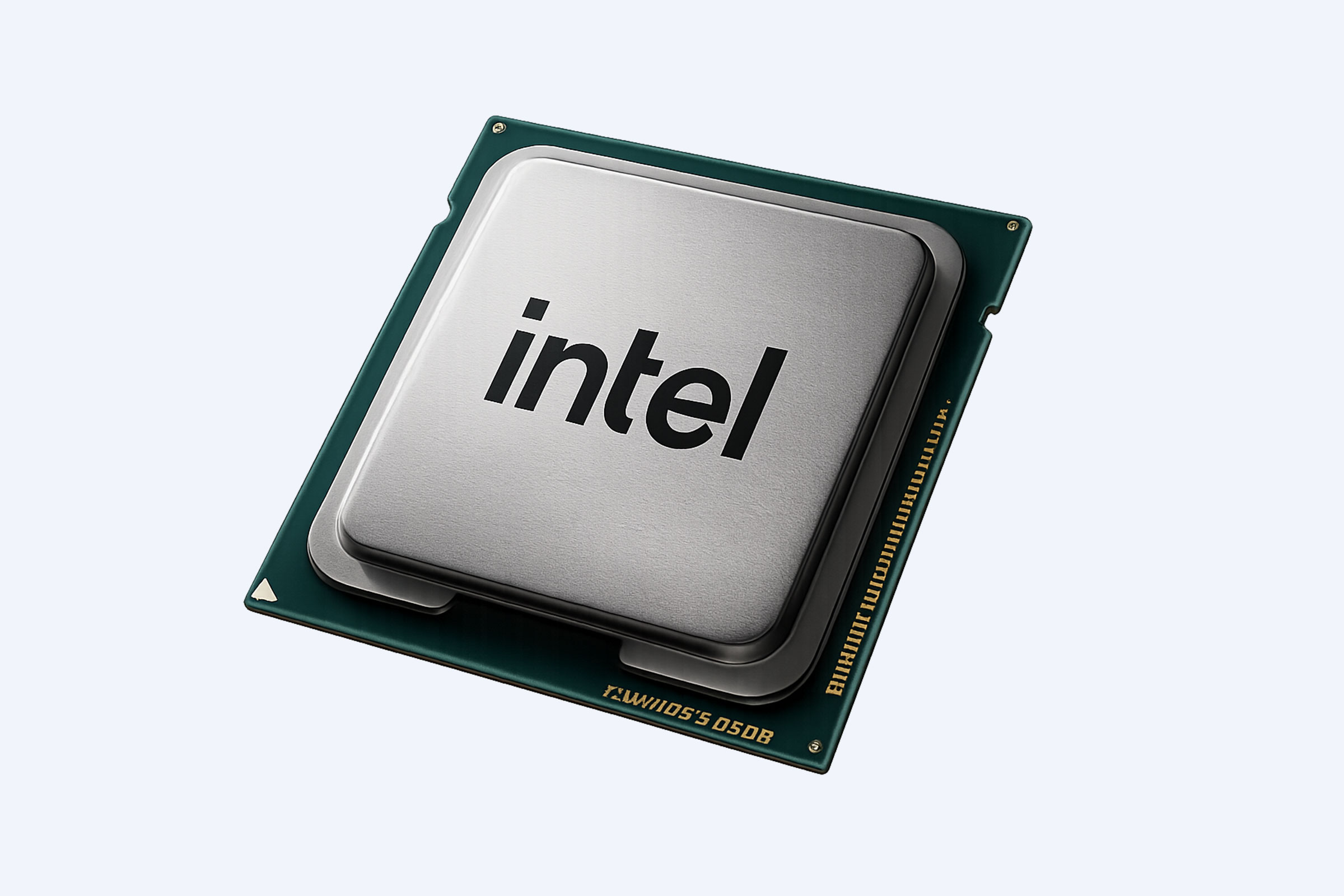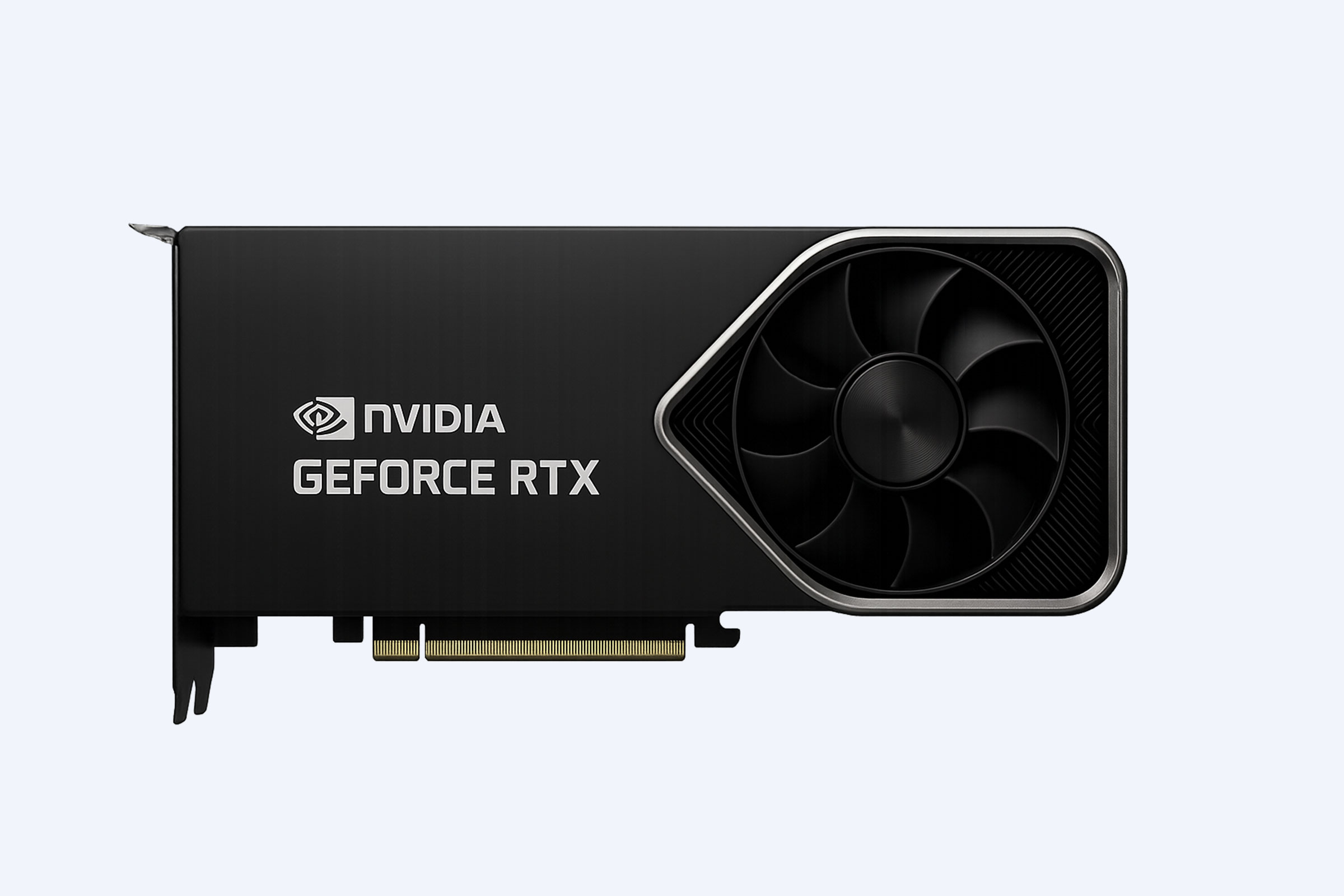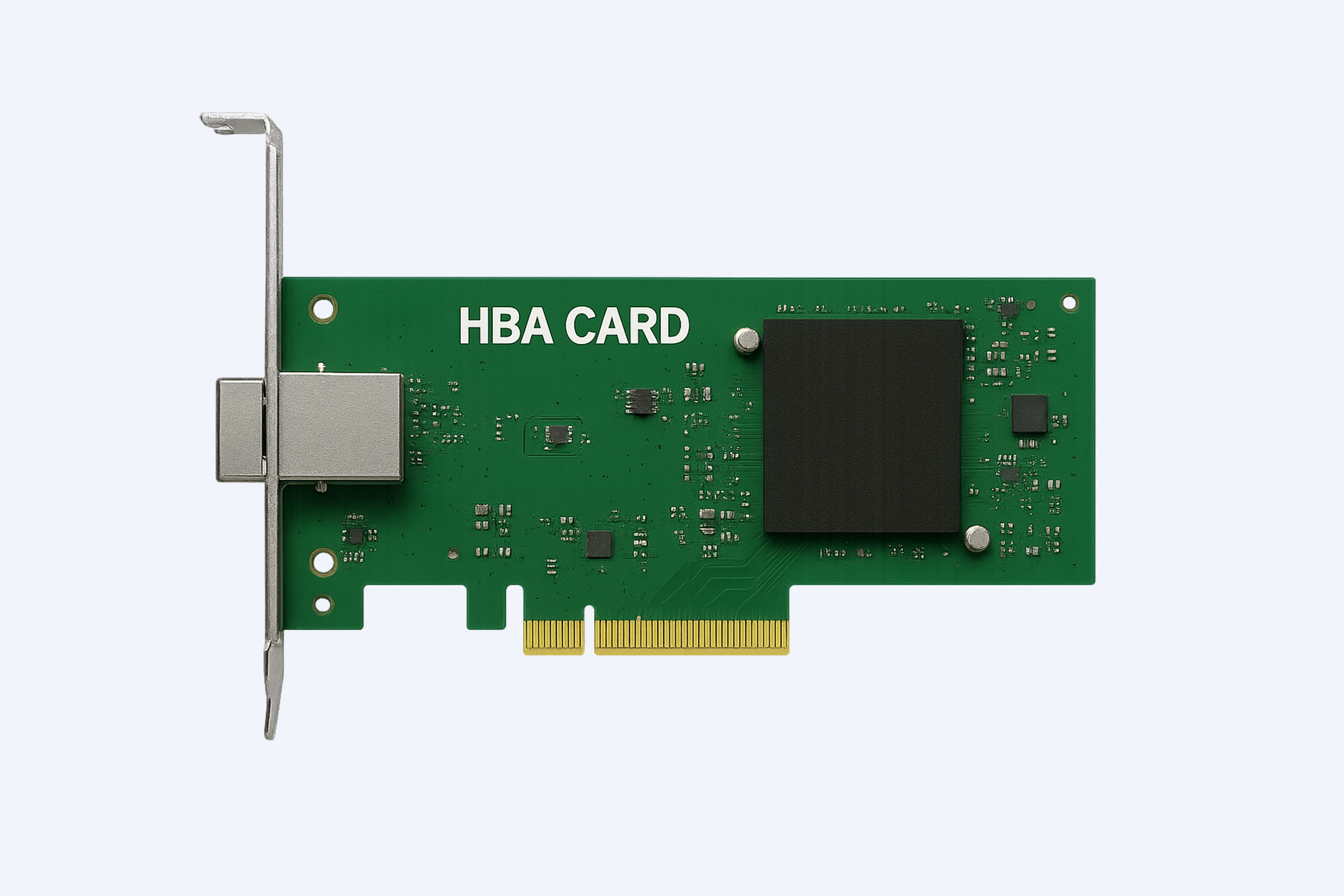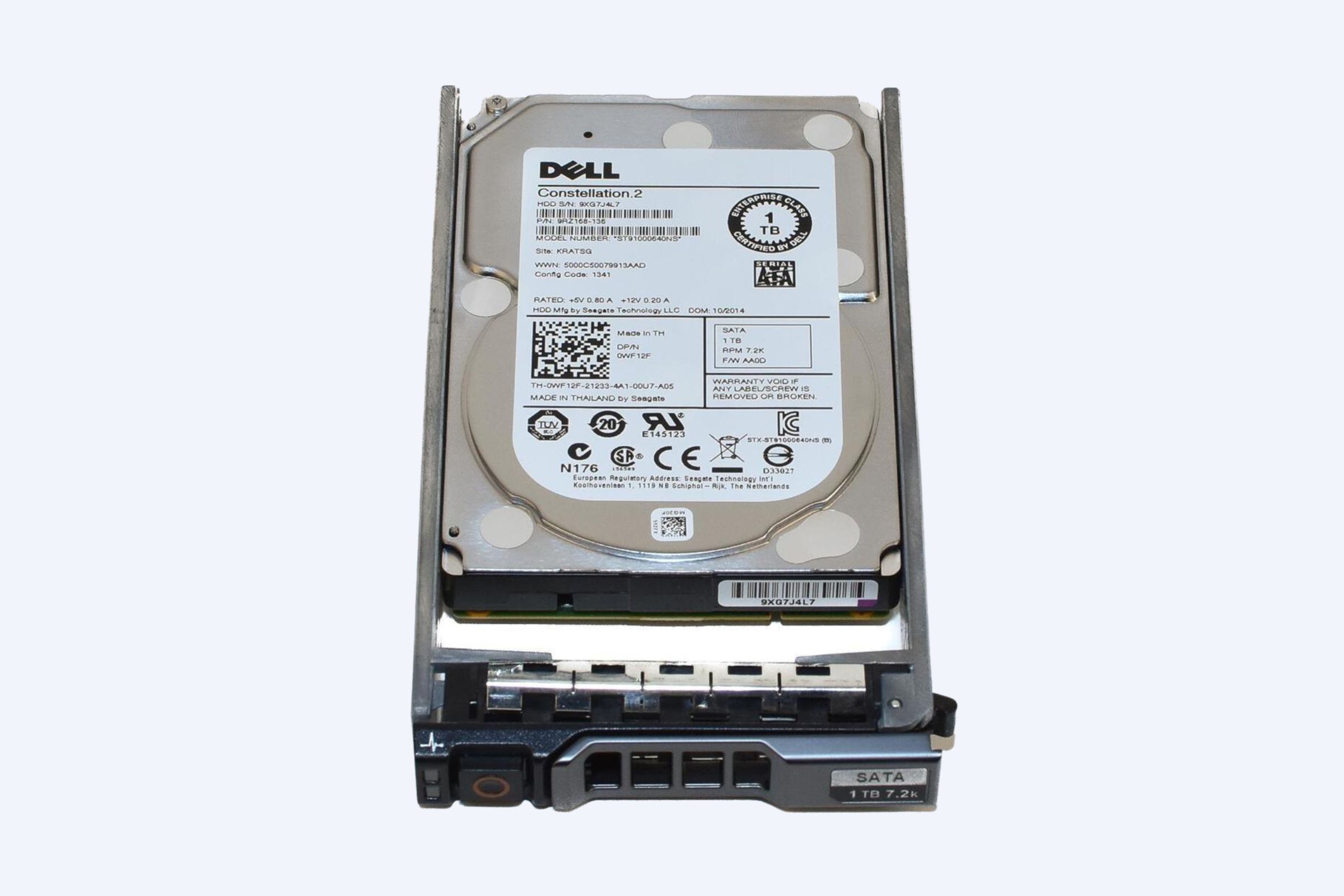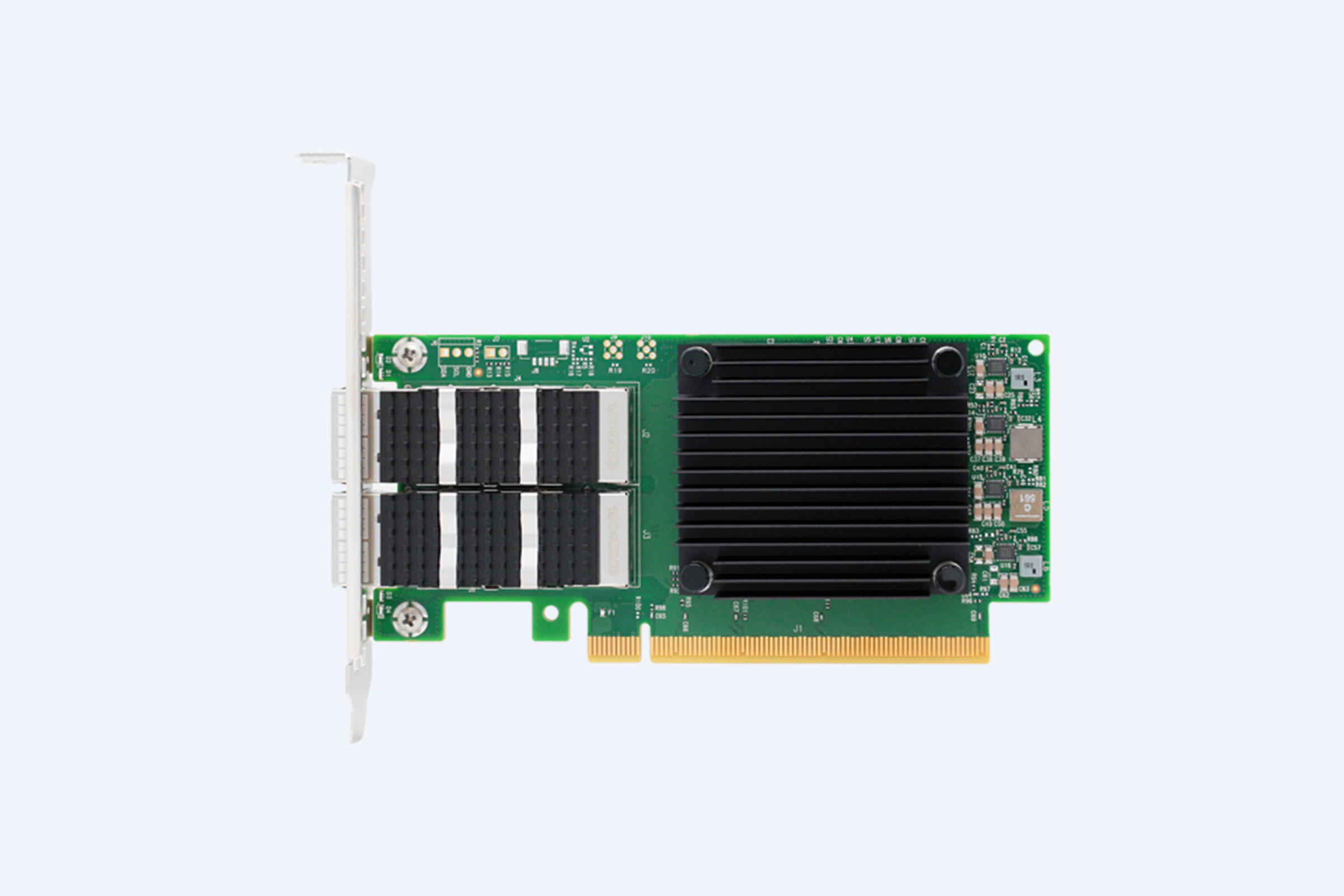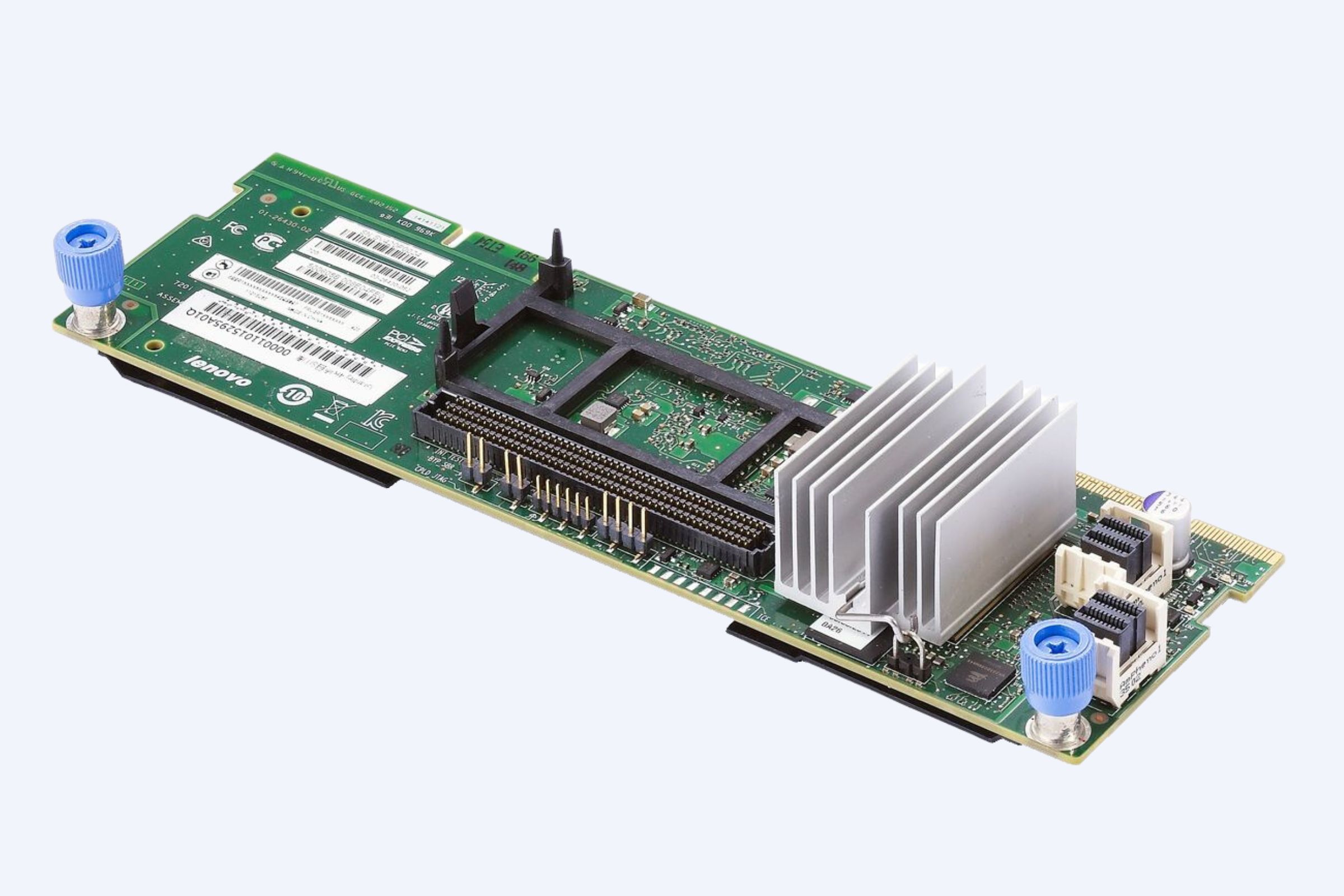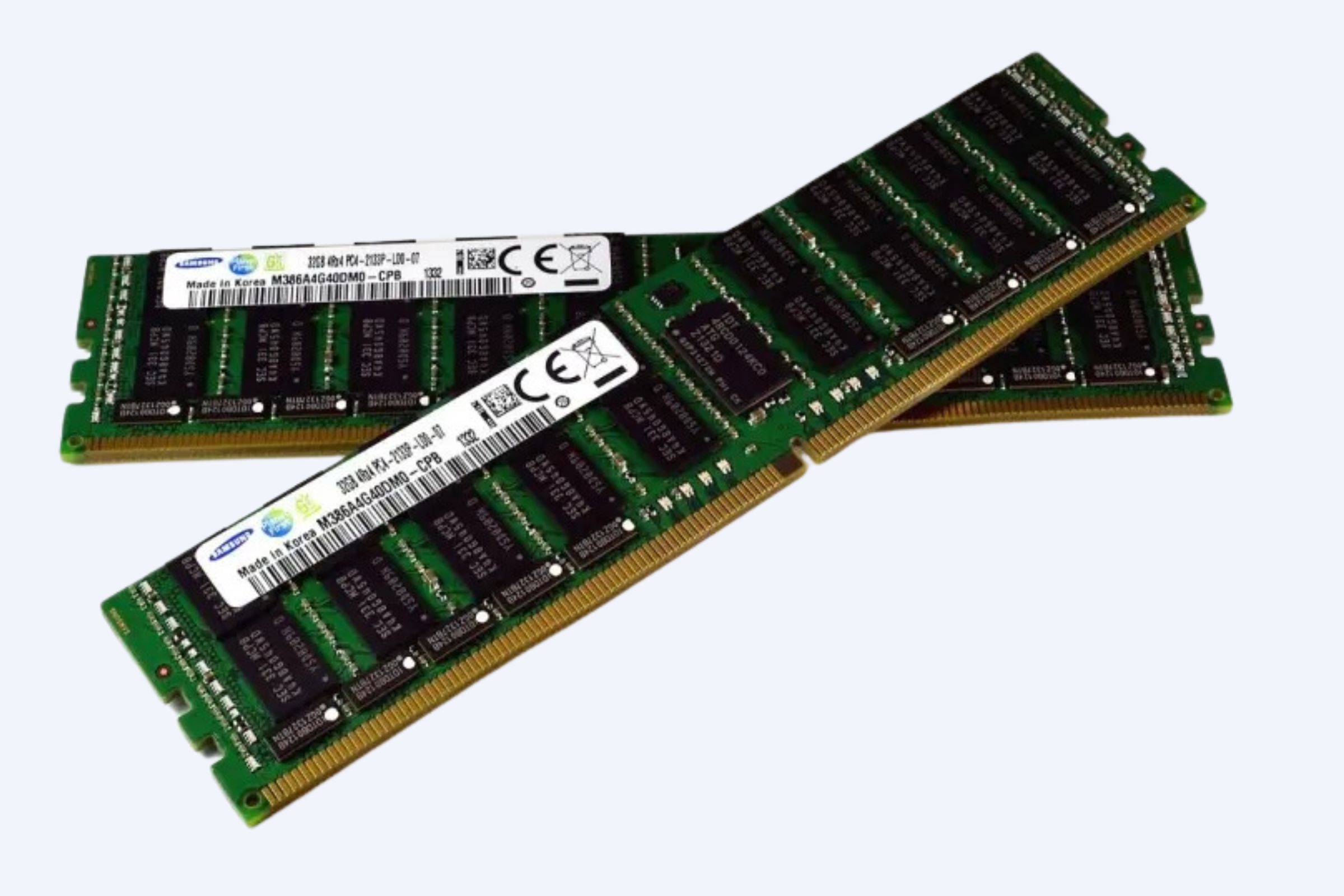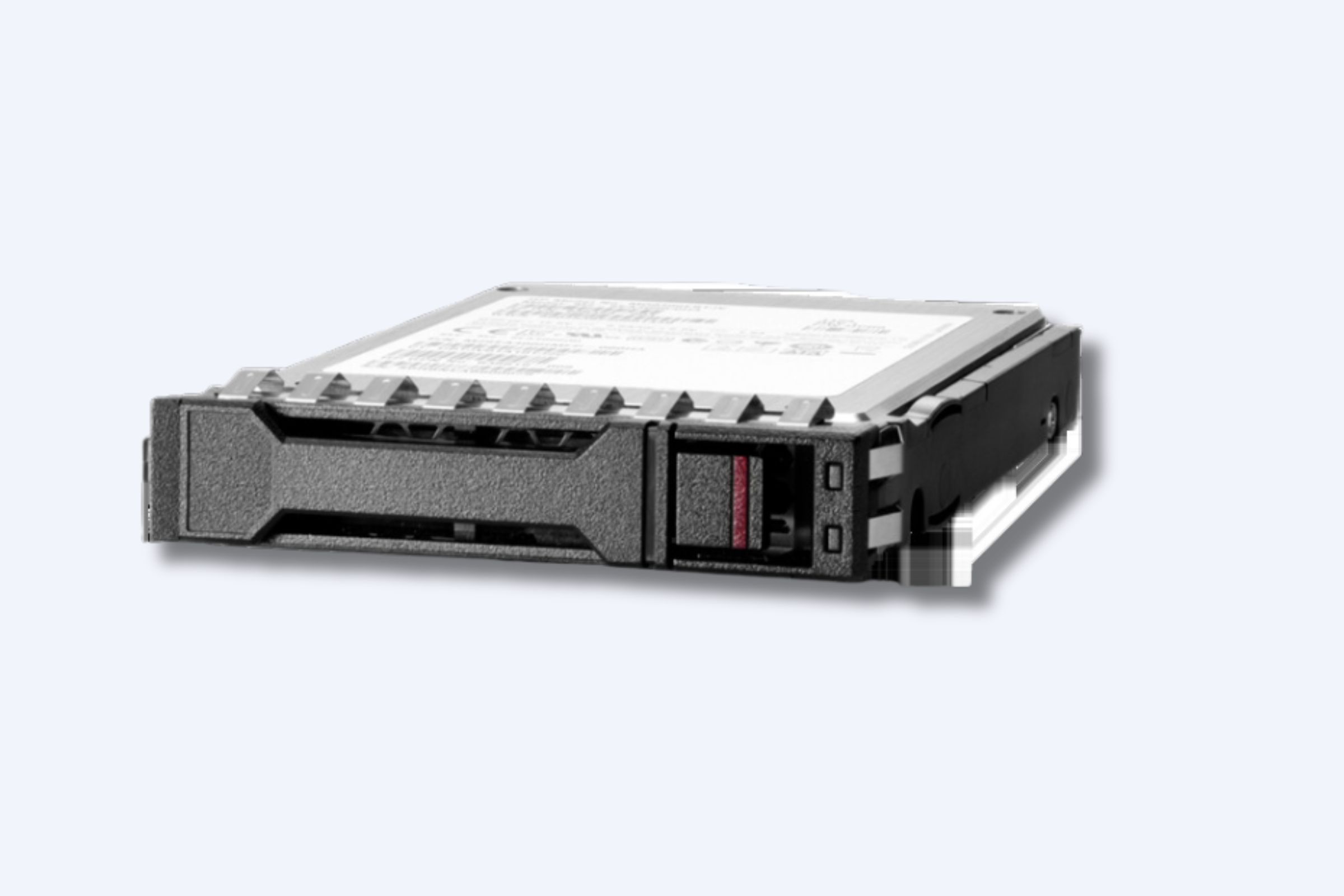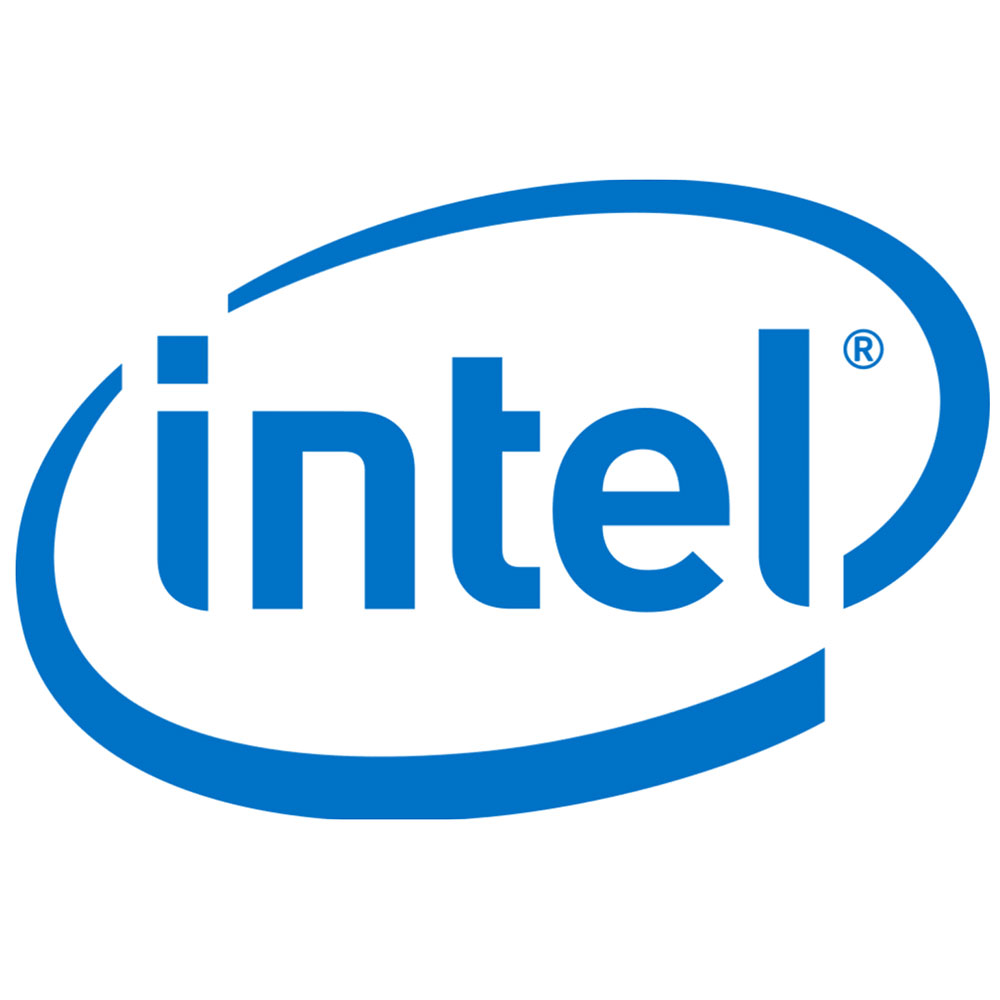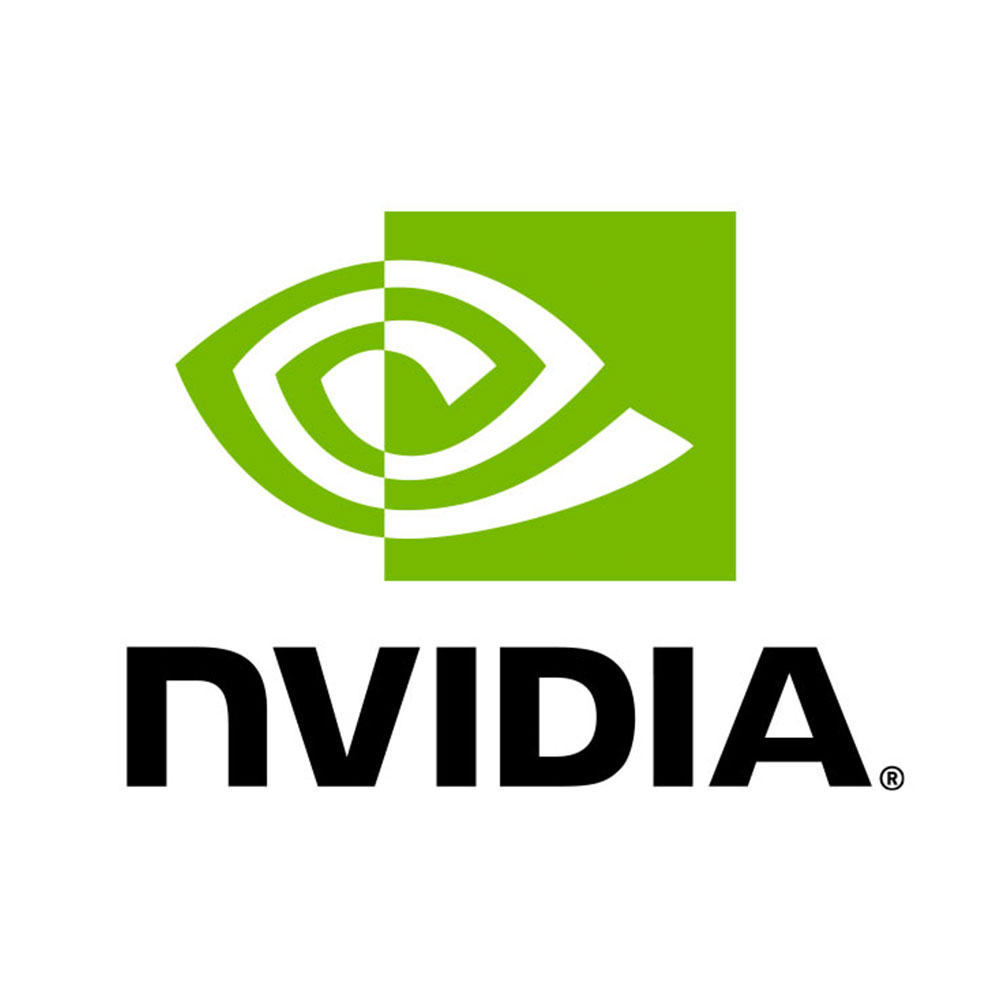A server is a complex system made of several essential hardware components that work together to manage, store, and process data efficiently. Understanding these components helps businesses, especially those purchasing from China-based manufacturers like WECENT, to optimize enterprise IT infrastructure for performance, scalability, and reliability.
How Does the Server Rack Contribute to Hardware Organization?
The server rack is a frame designed to house multiple servers, networking devices, and cooling units in a space-efficient manner. Racks optimize airflow, simplify maintenance, and secure equipment via lockable panels. WECENT supplies server racks designed for compatibility with top-tier server models, supporting scalable data center expansion.
What Is the Role of the Server Chassis?
The chassis serves as the protective metal casing that houses the internal server hardware. It protects components from dust, vibration, and physical damage while providing a solid framework to mount critical parts. WECENT uses chassis designs that incorporate secure fastening systems and easy-access mechanisms for efficient servicing and durability.
Which Functions Does the Motherboard Perform in a Server?
The motherboard acts as the central communication backbone connecting the CPU, RAM, storage, network cards, and other peripherals. It houses the BIOS firmware and expansion slots like PCIe for additional components. WECENT’s motherboards feature high-quality materials and secure mounting systems to ensure stable hardware connections and upgrade flexibility.
Why Is the CPU Considered the Brain of the Server?
The CPU (central processing unit) processes instructions, manages data flow, and performs calculations essential for server operations. Its core count and clock speed determine parallel processing capacity and speed. WECENT offers servers equipped with CPUs optimized for AI, virtualization, and big data applications, ensuring robust enterprise performance.
Who Benefits From Advanced Storage Options Such as SSDs and HDDs?
Servers utilize HDDs for high-capacity, cost-effective storage and SSDs for superior speed and low latency. Storage needs vary by application; cloud and database servers particularly benefit from SSDs. WECENT integrates both storage types with advanced mounting solutions to maximize server speed and reliability.
When Should Businesses Prioritize RAM and Its Capacity?
RAM temporarily stores active data and instructions for quick CPU access facilitating multi-tasking efficiency. Adequate RAM is crucial for virtualization and large-scale computing. WECENT offers ECC RAM modules to ensure data integrity and fault tolerance essential in critical enterprise environments.
Where Do Network Interface Cards Fit in Server Infrastructure?
NICs connect servers to networks, governing data transfer rates and protocol support. WECENT provides high-speed NICs with options for 10GbE and beyond, suitable for data-intensive enterprises to maintain fast, reliable networking.
Does The Power Supply Unit Affect Server Stability?
The PSU converts AC power to DC power for internal components. Redundant PSUs provide failover capabilities to prevent downtime. WECENT’s PSUs incorporate advanced cooling, modular installs, and safety features for uninterrupted enterprise operations.
Has GPU Integration Become Critical for Modern Servers?
GPUs accelerate computing tasks like machine learning, rendering, and simulations. WECENT’s servers support NVIDIA RTX and Tesla series GPUs, enabling enterprise scalability for AI and high-performance computing workloads.
Can Cooling Systems Optimize Server Performance?
Effective cooling prevents overheating, enhancing hardware lifespan and reliability. WECENT designs include advanced airflow management, liquid cooling options, and thermal monitoring to maintain optimal server temperatures.
Table 1: Core Server Components and Their Functions
| Component | Function |
|---|---|
| Rack | Houses servers and peripherals |
| Chassis | Protects and structurally supports hardware |
| Motherboard | Connects and manages all system components |
| CPU | Processes data and executes instructions |
| Storage (HDD/SSD) | Saves data persistently |
| RAM | Provides fast-access temporary memory |
| Network Interface Card | Enables network communication |
| Power Supply Unit | Converts and supplies power |
| GPU | Accelerates specialized computing tasks |
| Cooling System | Maintains safe operating temperatures |
Table 2: WECENT Server Product Highlights
| Feature | Description |
|---|---|
| OEM Customization | Tailored server designs and branding |
| High-Performance CPUs | Support for AI, virtualization, and big data |
| Advanced Storage | Mix of SSDs and HDDs optimized for speed and capacity |
| Scalable Networking | High-speed NIC options up to 100GbE |
| Redundant Power | Multiple PSU options for fail-safe operation |
WECENT Expert Views
“WECENT’s expertise in enterprise server hardware stems from a deep understanding of customer needs across data centers, AI, and cloud environments. By partnering with certified manufacturers, we provide robust, scalable, and highly customizable server solutions. Our attention to detail in core components such as CPUs, storage, and networking equipment ensures businesses achieve seamless performance and future-ready infrastructure.” — WECENT Technical Team
Conclusion
Effective server infrastructure combines well-designed hardware components such as racks, chassis, motherboards, CPUs, storage, RAM, networking, power supply, GPUs, and cooling solutions. Businesses sourcing from leading China manufacturers like WECENT gain the advantage of high-quality, certified equipment that supports current and future enterprise demands efficiently and reliably.
Frequently Asked Questions
Q1: What is the primary function of a server motherboard?
A1: It connects and facilitates communication between all critical server components.
Q2: Why is redundant power supply important?
A2: It provides backup power to prevent server downtime during PSU failure.
Q3: How do GPUs benefit modern servers?
A3: They accelerate specialized tasks like AI and data analytics.
Q4: What types of storage are commonly used?
A4: HDDs for capacity and SSDs for speed and low latency.
Q5: Can WECENT customize servers?
A5: Yes, WECENT offers OEM customization for tailored enterprise solutions.



